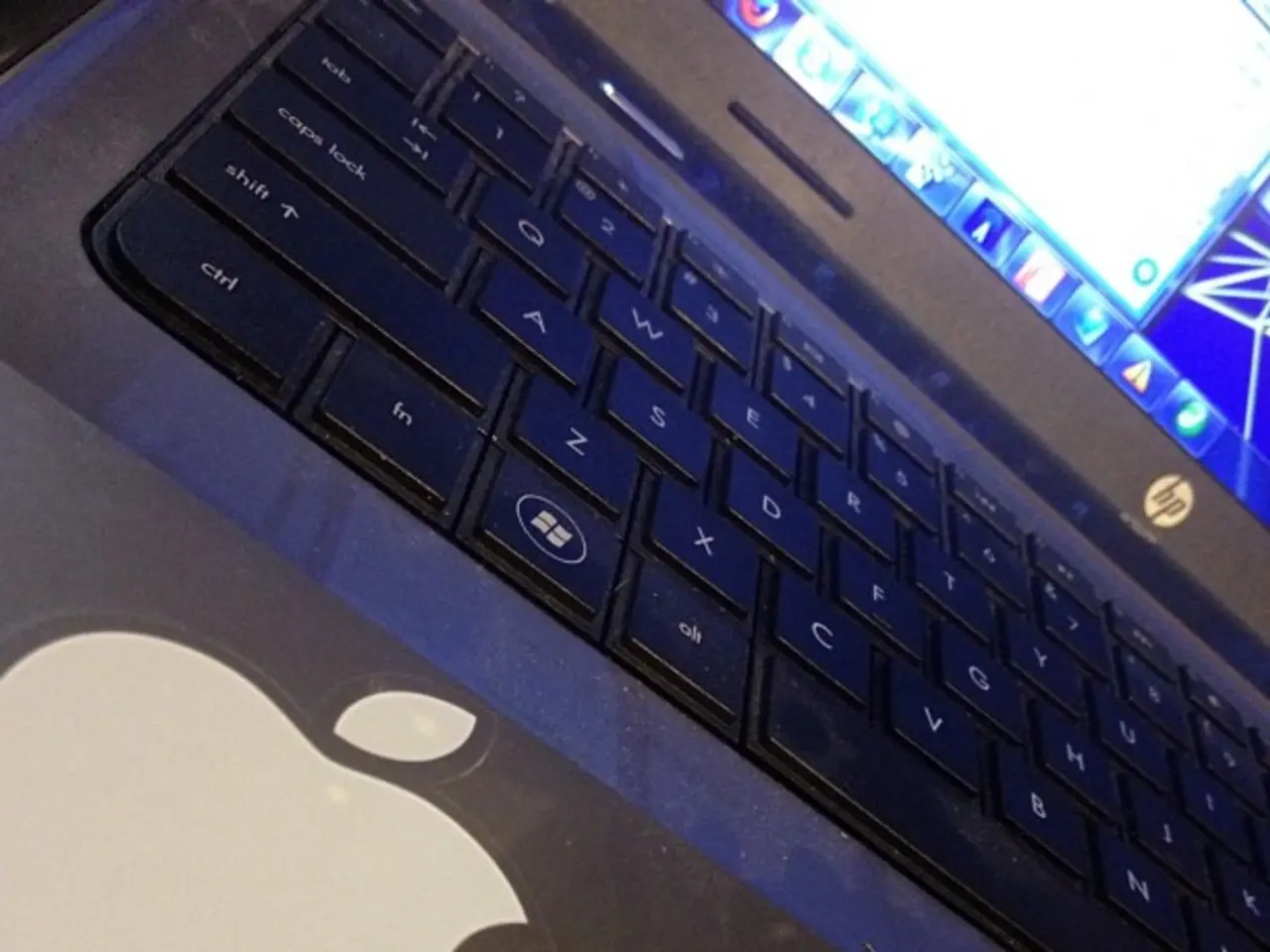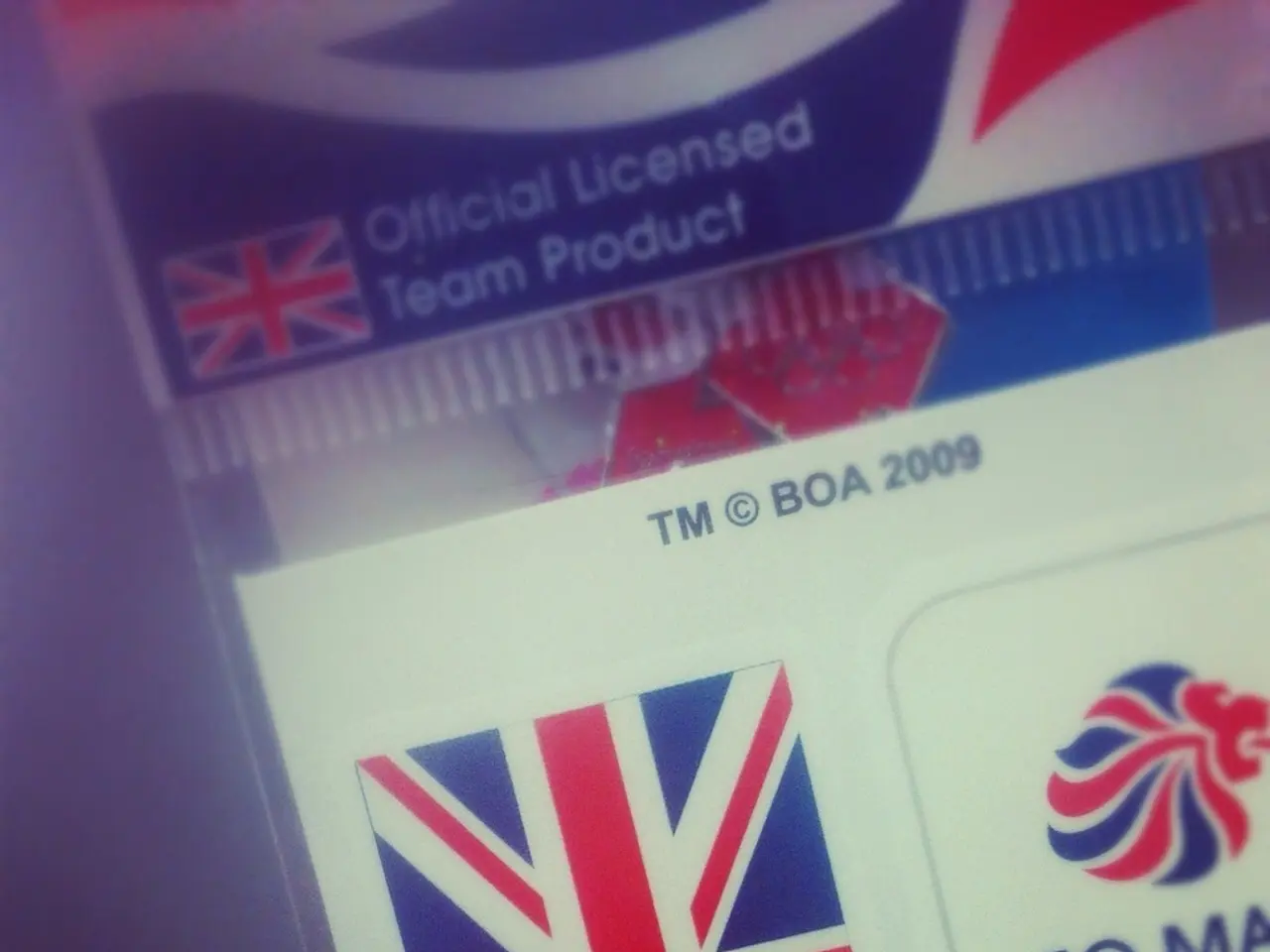Fifteen Illustrative Uses of Augmented Reality Technology
Augmented Reality (AR) is a game-changing technology that superimposes digital information onto the physical world, revolutionizing numerous sectors. From real estate to retail, gaming, education, advertising, and healthcare, AR is making a significant impact.
In the realm of healthcare, AR is providing doctors with a new way to visualize and treat patients. This technology is enhancing medical imaging, surgery, diagnostics, training, and patient care by overlaying virtual information onto real-world views.
Key applications of AR in healthcare include surgical assistance and planning, diagnostics and visualization, medical education and training, patient engagement and drug information, pharmaceutical research and manufacturing, and therapeutic uses and rehabilitation.
For instance, AR technology is used in orthopedic, neurosurgery, hepatobiliary, and cardiovascular surgeries, providing real-time guidance and feedback to surgeons during complex procedures. Collaborative AR tools also allow remote specialist consultation and multiplayer planning of complex procedures.
AR integrates real patient data with virtual 3D images to improve diagnosis in cardiology and other specialties, facilitating precise spatial understanding of anatomy and pathology. It also offers immersive visualization of anatomy, drug interactions, and procedural simulations for healthcare professionals, improving knowledge retention and practical skills.
AR provides overlay visuals detailing drug dosage, mechanisms, and side effects, making it easier for patients and professionals to access critical medication-related information. It is also used in pharmaceutical research and manufacturing, guiding equipment assembly, quality control, safety alerts, and displaying testing protocols in real time, enhancing manufacturing accuracy and safety.
AR applications help in pediatric diagnostics and treatments, pain management, neurological disorders therapy, mental health, telemedicine, post-operative rehabilitation, and reducing patient anxiety preoperatively.
The benefits of AR in healthcare include improved access to care, enhanced procedural accuracy, reduced invasiveness, accelerated diagnoses, safer surgeries, and better remote collaboration. However, potential risks include physical discomfort from headsets, cybersickness, data privacy concerns, information overload during procedures, and unknown long-term effects, particularly in vulnerable populations.
Despite these challenges, AR is a transformative technology in healthcare, increasing precision, collaboration, and understanding across diagnostics, treatment, education, and drug development.
In addition to healthcare, AR is also transforming the way businesses interact with their customers in e-commerce and sales. For example, AR technology is used in retail to provide customers with an immersive shopping experience, allowing them to virtually try on clothes or furniture before making a purchase.
AR technology has been integrated into smartphones and mobile apps, providing users with an interactive and engaging experience. Popular examples include Google Translate's camera feature, which uses AR to translate text in real-time, and Pokémon GO, a mobile game that uses AR to bring Pokémon to life in the real world.
Star Walk 2 is another AR app that lets users explore the night sky, while Houzz and IKEA Place allow users to visualize how furniture and decor would look in their homes. Yuka is a food and cosmetic scanner app that uses AR to provide users with information about the products they are buying.
Even the military has adopted AR to provide soldiers with a new way to visualize and navigate their environments. Surgeon Simulator is a game that uses AR to simulate surgical procedures, while Snapchat filters use AR to add fun and creative effects to users' photos and videos.
In conclusion, AR technology is a versatile tool that is transforming various industries, from healthcare to retail, gaming, education, advertising, and beyond. Its ability to superimpose digital information onto the physical world is opening up new possibilities for innovation and improving the way we live, work, and play.
[1] Healthcare Technology Insights [2] Medical Futurist [3] AR in Healthcare [4] Medical Realities [5] AR in Healthcare: Opportunities, Challenges, and Future Directions
- In the field of education and self-development, AR technology can revolutionize learning by offering immersive visualization of anatomy, drug interactions, and procedural simulations, improving knowledge retention and practical skills for healthcare professionals.
- Augmented Reality (AR) technology, beyond healthcare, is also transforming lifestyle sectors like retail. For instance, it allows customers to virtually try on clothes or furniture, providing a more interactive and engaging shopping experience.




